Good morning, earthlings.
Welcome back to the Amoeba: The dense snaggle of prickly burrs clinging to the wool socks of Unnatural Heritage. If you’re new here, the Amoeba is the looser, more personal companion to my regular posts. Today, against my better judgment, I’m gonna talk about—oh God—hope. I’m not here to jam it down your throat.
We are on the precipice of another long winter. One that will grip us for years to come. It is the same winter we’ve been in for nearly a decade. It’s 78 degrees in November.
The election marks an intentional, deliberate transition to a new political order. In a recent interview with Ezra Klein, historian Gary Gerstle outlined the political orders that came before it: the New Deal era of pro-social, regulated capital that ran from the 1930s to the 1970s, and the neoliberal era of unfettered markets that ran from the ‘70s to the 2008 financial crisis. After a brief interregnum marked by oscillation, America has made a clear decision. It is one that will likely define the majority of my adult life.
~ ~ ~
The night before the election, I spent some time taking pictures of the seeds I had collected in my garden. I recently bought a macro lens for my iPhone, and the ability to focus on something small made for good distraction. I had spent the weekend outside, as I do every year, among the fading colors, delicately shaking the tips of asters and milkweed into labeled Ziploc bags. As I moved from plant to plant amid a sea of tans and browns, I thought about how vibrant the garden had felt, even just a few weeks prior. In November, it all just fades away.
I felt an urge to recover this vibrancy in the photos—to honor the exuberance and effort that went into bearing these fruit before quietly tucking them away until spring. I wanted to capture the way I felt seeing scarlet hibiscus bloom for the first time—ecstatic, erotic, a mesmerizing slap in the face. To remember how impossibly green river oats are when they first emerge in the summer, before that familiar brown that holds steady through the snow. I wanted to show how an October sunrise can turn panicled aster into a string of disco balls, and how milkweed’s cotton candy pink melts into the blue summer sky. All around me, those colors were fading. I was at odds with the loss.
The day after the election, I returned to the photos, hoping they might cheer me up. Instead, I felt vaguely disgusted. I had thought I was capturing something exuberant and joyful. But now they just felt garish and loud.
There is a quiet, melancholic beauty to the garden just before winter—one worthy of examination. It requires patient eyes and a curiosity about decay. If you are attentive to it, you will notice things you never would have otherwise. You are rewarded with subtle insights otherwise drowned out by the cacophony of summer.
The problem is: I had slathered over all that with a cheap iPhone filter and some $20 LEDs from Amazon.
In that moment, the joy in these photos felt hollow and misplaced. I’d been lured in by the lazy spectacle of bisexual lighting, and in doing so, I had hidden a deeper beauty. Yes, I was likely projecting. But I felt a sense of shame. I longed for something quieter.
In reality, nothing was palatable that day. I could not stomach the cynicism and anger, the asinine explanations and cloying calls to “just be kind to one another”. Some folks online were talking about hope. Those people needed to kindly fuck off.
Anyway, it’s been a few days since then. And I think we’re all feeling differently now.
“Think of the fierce energy concentrated in an acorn. You bury it in the ground, and it explodes into an oak!
- George Bernard Shaw
I thought this newsletter was gonna be about seeds. About how inspiring they are as an evolutionary technology. How, in just a few millimeters, they carry all the instructions necessary to grow and survive through harsh times, as well as the energy needed to put that process in motion. I was gonna talk about how efficient they are at storing information for the future. I was gonna wax so fucking poetic, all while expertly avoiding their most tired cliches. They tried to bury us, but they didn’t know we could fit the entire Library of Congress inside of poppy seed. Put that on a bagel and schmear it!
Seeds are a classic symbol of hope. They’re easy to turn to in a moment like this. The thing is, the photos I took from my garden aren’t really focused on the seeds. Instead, they feature calyxes, bracts, capsules, and husks. In other words, they depict the ways seeds are carried, organized, protected, and dispersed. These structures supplement the seed’s playbook for the future with insights on timing, placement, and persistence.
Milkweed pods, for instance, are designed to open only after the humidity of summer subsides. In the drier fall air, their seams bend and break apart, releasing a silky floss of wind-born seeds that fly best in the blustery currents brought by early cold fronts.
Coneflower seedheads feature a whorl of stiff bracts that keep the individual seeds separated, allowing airflow and preventing fungal growth. The spikes protect the seeds from bird herbivory, giving preference to smaller and less powerful beaks. Their different angles of arrangement create a slow, deliberate cadence of seed dispersal, depending on the force and direction of the wind.
Other seed-bearing structures play the long game, attuned to moments of disturbance and upheaval. Pitch pine cones may stay on the tree for years, waiting even longer on the ground—until finally a wildfire passes through, melting the resin between its scales and releasing its seeds into the newly enriched soil. New Jersey Tea (Ceanothus americanus) is another fire-adapted species, native to open woodlands. On the freshly burned hills of Prospect Park, after the driest fall in a century, these seeds may be stirring from their slumber.
Seeds represent a hopeful bet on the future, full of the instructions and resources to thrive. They are a tough, durable, pragmatic form of optimism. But they are doomed if we don’t invest in the proper structures to carry them.
If seeds represent a vision for something new, then right now I’m reflecting on the quiet rituals necessary to protect them. On the types of communities needed to organize them. And on the activities and moments of connection through which they are best dispersed. This can all happen at an epic scale, or under the scope of a macro lens. But we must know when to seize the moment.
We are in for a long winter, and it’s hard to watch it all fade away. It’s also just way too early to be clear-headed about any of this. But I’m trying to keep the long view—to remember how seasons progress and how colors change along the way. I’m glad I have these photos to help remind me.







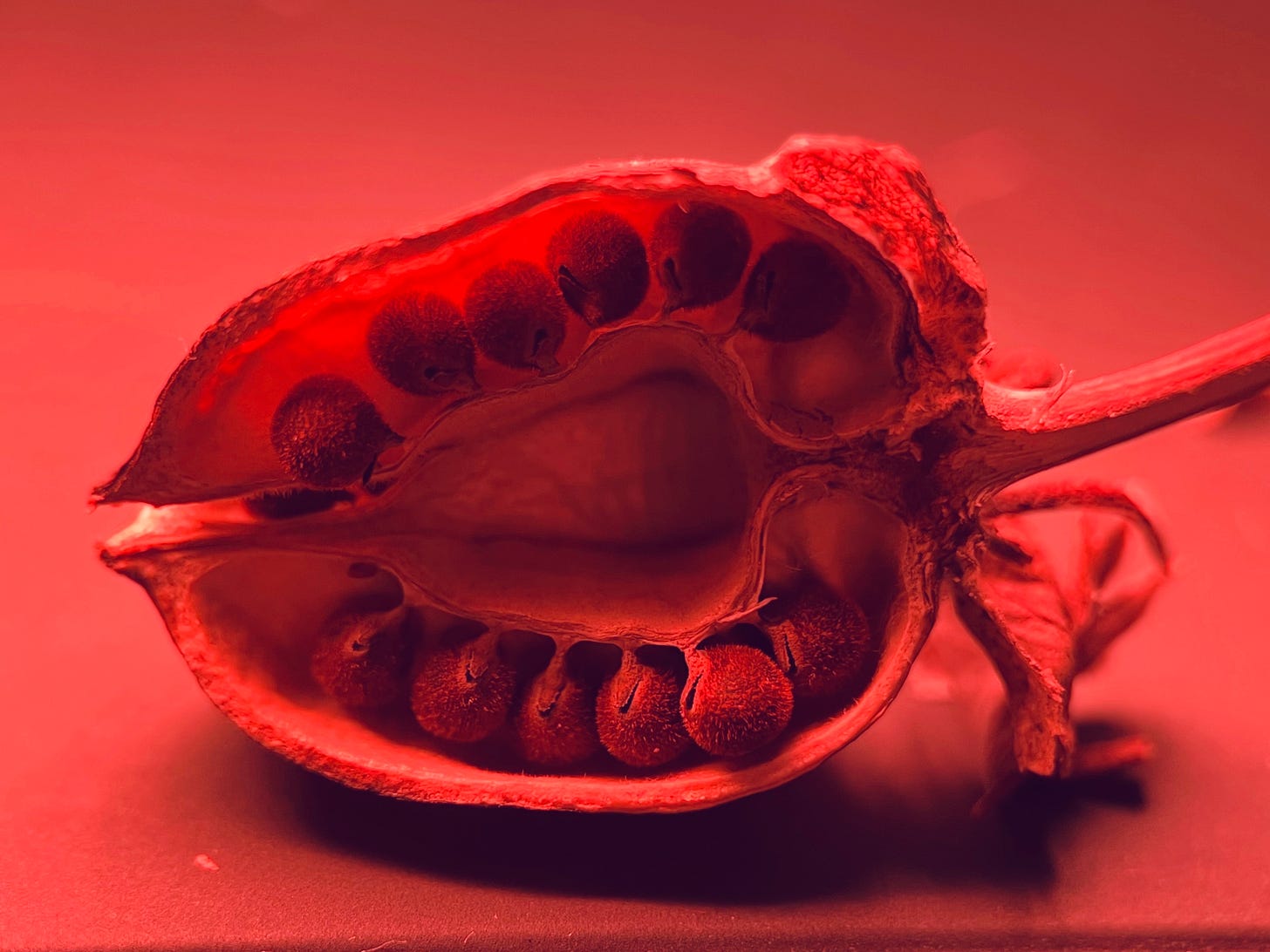



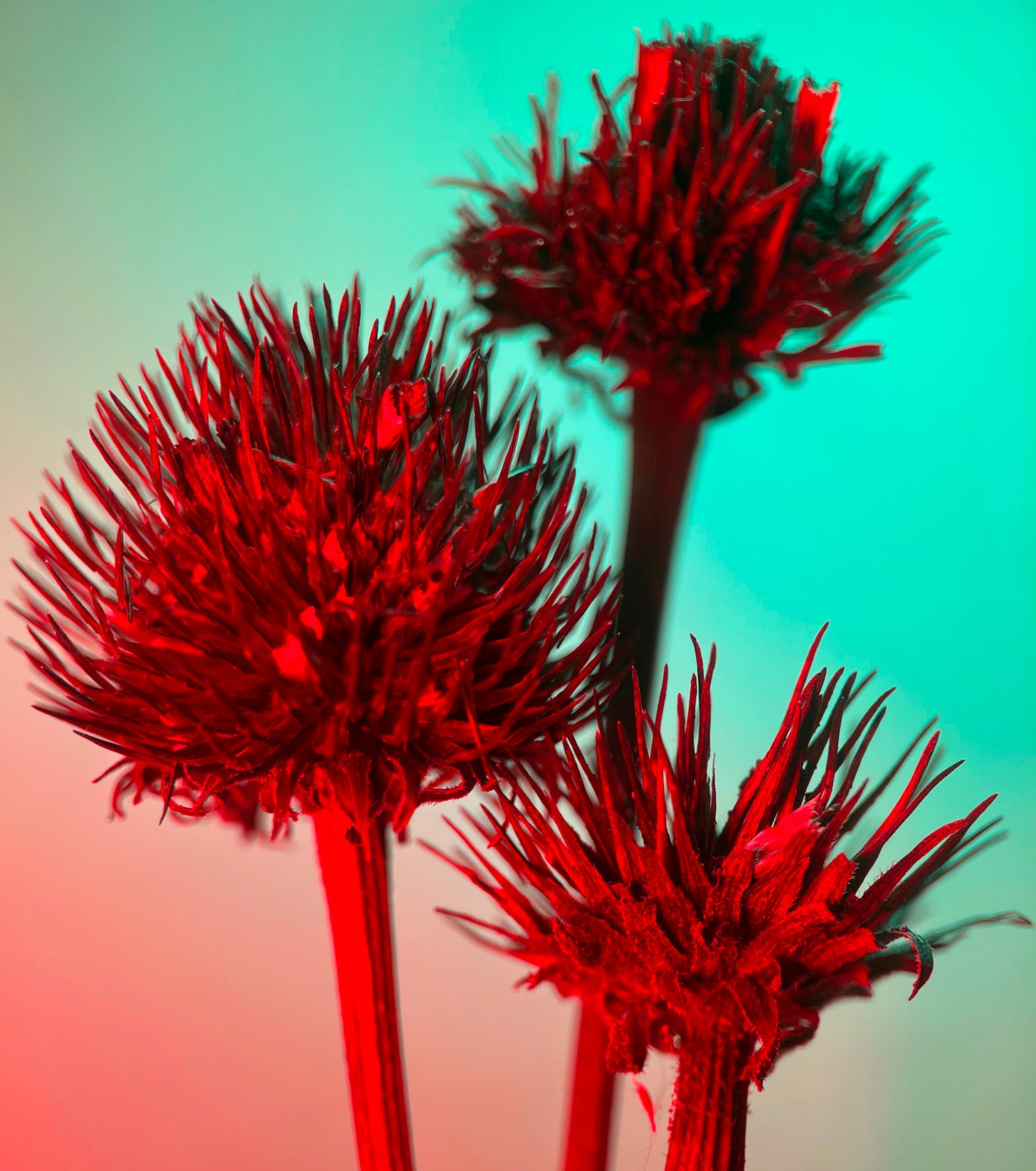






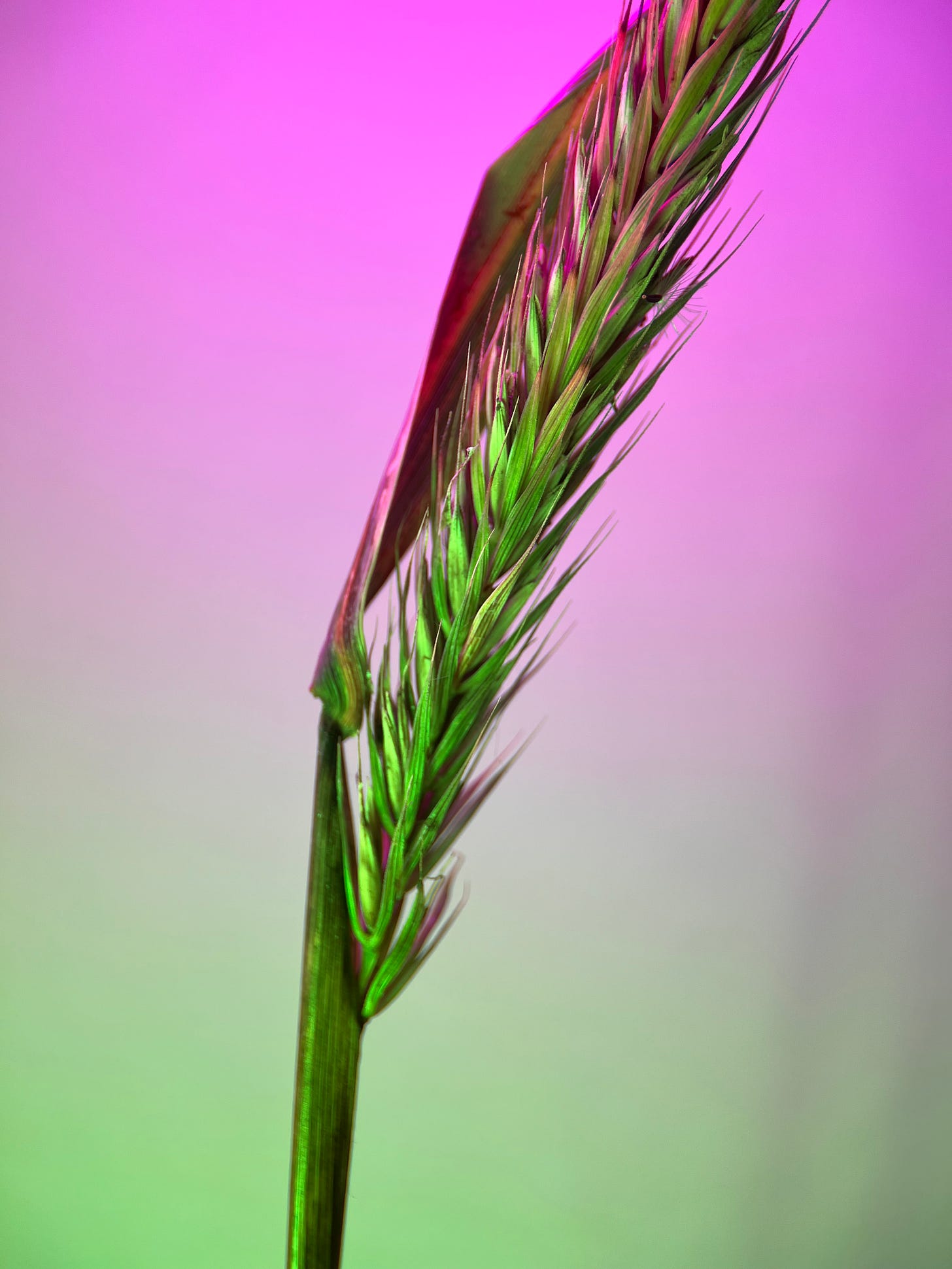
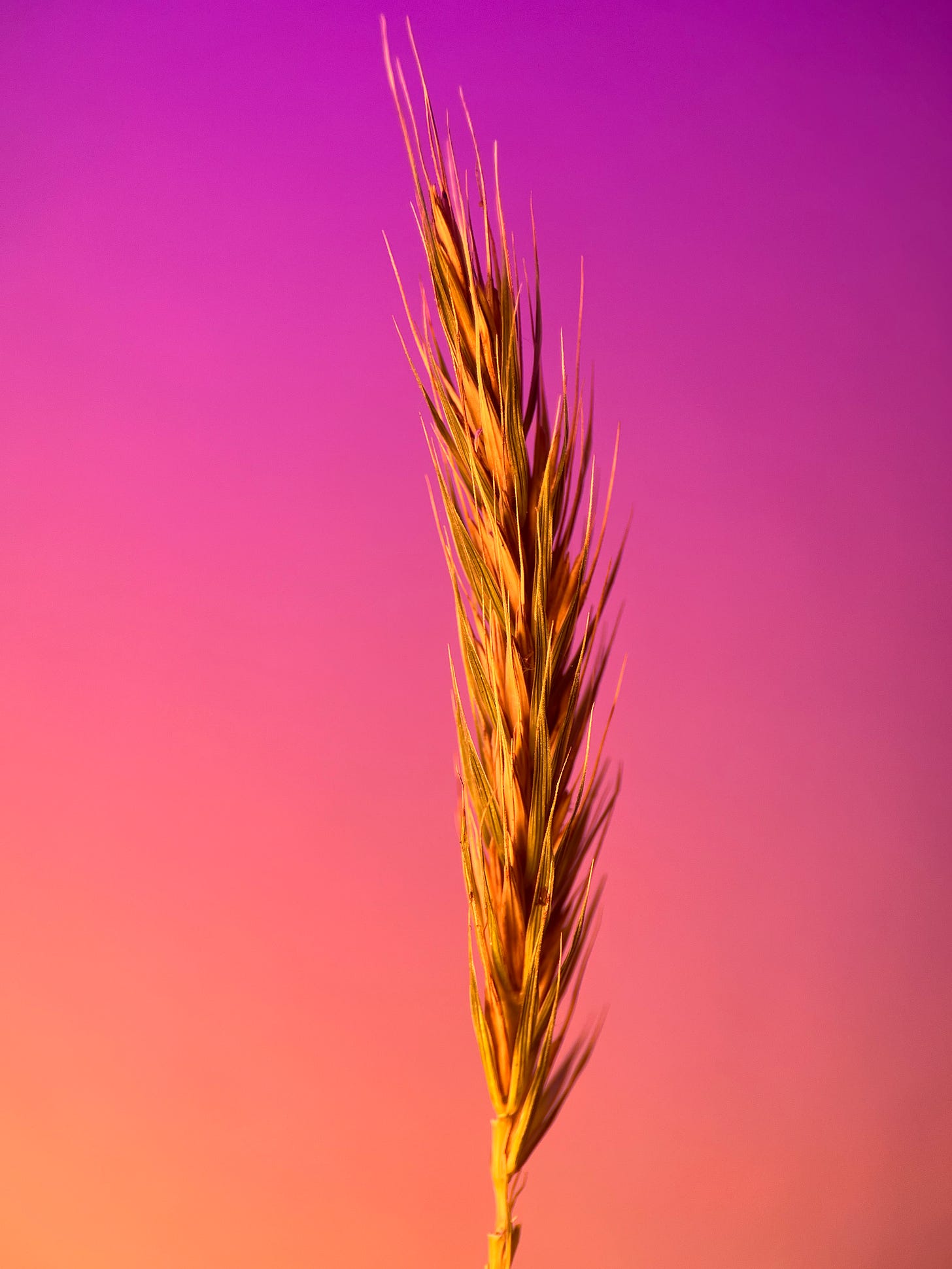
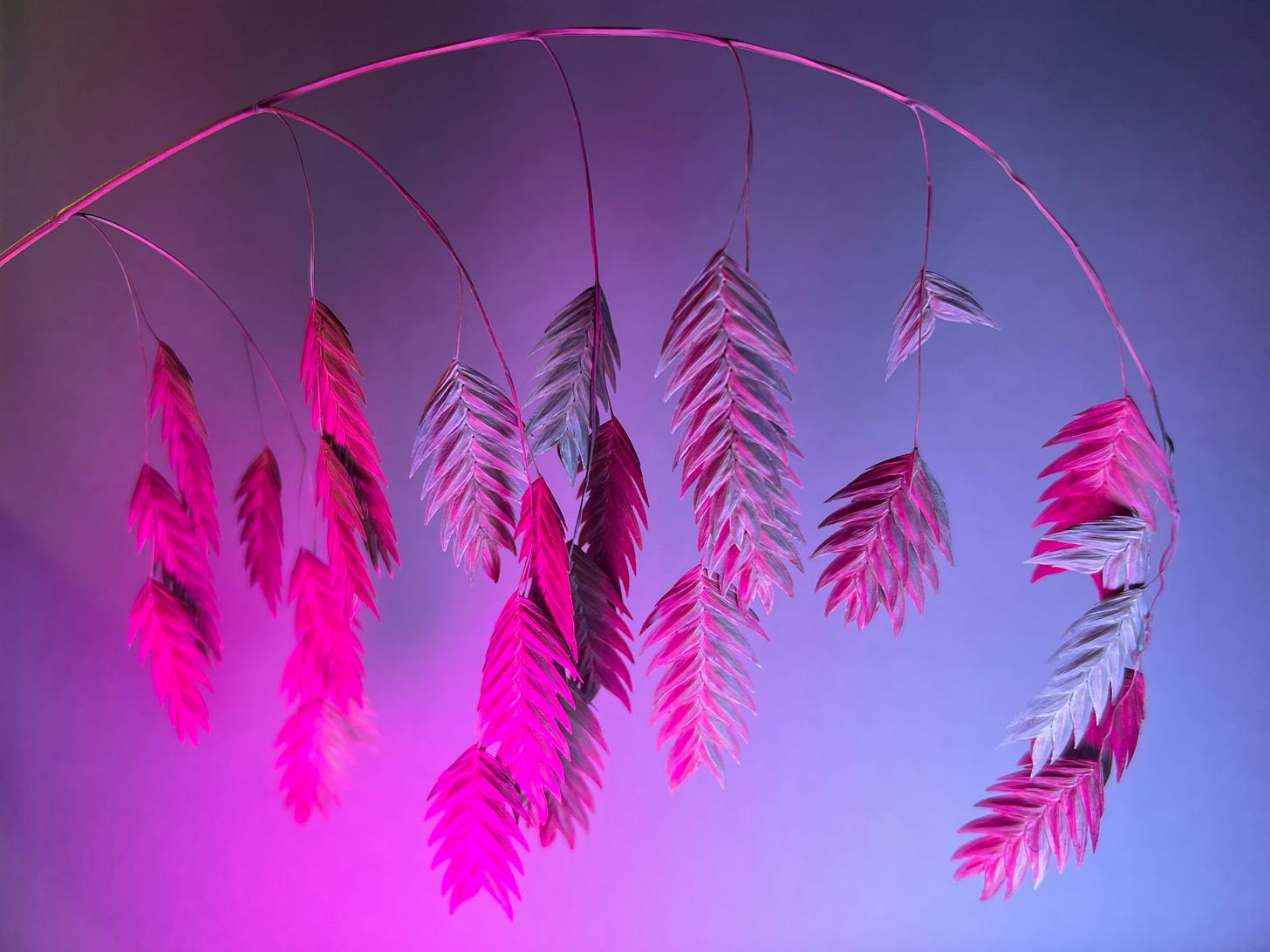
Love your pictures!
Kirk, I gathered some bee balm seeds from my garden last month. The smell of their dried pods is intoxicating to me. It's exactly how I want something to smell, something that I sniff over and over. I was greedy for them, but forced myself to leave a few standing, in case some creature wanted to eat them this winter (or maybe just sniff them, like me). Your photos activated the scent part of my brain and I smelled them again, just reading this! Thanks for that, and for sharing your way of thinking about our path forward.